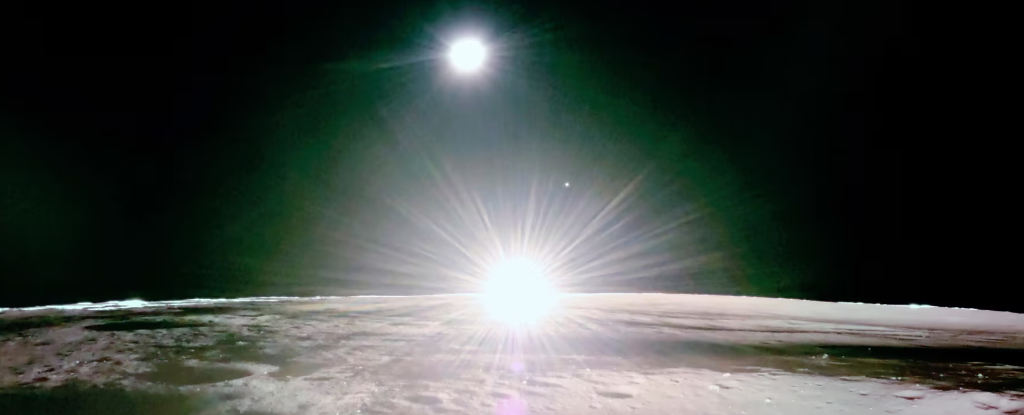The Moon’s surface continues to undergo changes, as indicated by newly identified wrinkle ridges on its far side. Recent findings suggest that the Moon is still cooling and contracting, resulting in surface deformations that may have implications for future lunar missions. The discovery of 266 wrinkle ridges, all estimated to have formed within the past 160 million years, has raised questions about ongoing geological activity. If the Moon remains geologically dynamic, considerations for astronaut safety and infrastructure placement will become increasingly critical.
Evidence of Recent Geological Activity
According to a study published in The Planetary Science Journal, images captured by NASA’s Lunar Reconnaissance Orbiter’s Narrow Angle Camera revealed wrinkle ridges on the far side of the Moon. Unlike the more extensive wrinkle ridges on the near side, these newly identified ridges are smaller, measuring approximately 100 meters wide and 1,000 metres long. Their relatively recent formation challenges previous assumptions that lunar tectonic activity largely ceased billions of years ago.
Differences Between the Near and Far Side
As reported by space.com, unlike the near side, which has vast volcanic plains known as lunar maria covering approximately 31 percent of its surface, the far side has only about 1 percent of its area covered by similar formations. The reason behind this stark difference remains uncertain, but one theory suggests that a collision with a dwarf planet may have altered the Moon’s geological evolution. The impact is believed to have thickened the far side’s crust, making volcanic activity less prevalent.
Crater Analysis Supports the Findings
The estimated age of these wrinkle ridges was determined through crater counting, a method where the number of craters helps estimate surface age. Scientists concluded that the ridges on the Moon’s far side are between 84 million and 160 million years old. If the Moon’s interior was no longer active, these ridges would likely have formed much earlier, pointing to continued geological movement.
Potential Risks Posed by Moonquakes
Jaclyn Clark, a planetary scientist at the University of Maryland, said in a statement, released by the university, that the possibility of ongoing lunar tectonic activity raises concerns about moonquakes. Seismometers placed on the Moon by Apollo missions previously detected such quakes, but their cause had remained unclear. The new findings suggest that the Moon’s contraction could be triggering these tremors, potentially posing hazards for future human exploration and infrastructure on the lunar surface.
Supporting Evidence from Lunar Samples
In 2020, China’s Chang’e 5 mission returned lunar samples containing volcanic glass beads dated to approximately 123 million years ago. The presence of these materials indicates that volcanic activity on the Moon may have persisted much longer than previously assumed, further reinforcing the theory of ongoing geological changes.
Implications for Lunar Missions
The findings suggest that the Moon’s geological activity may not be entirely dormant, which could impact plans for permanent lunar bases. If certain regions experience significant tectonic movement, astronauts and equipment might need to be stationed in more geologically stable locations. These findings highlight the need for continued observation and assessment before long-term human presence on the Moon becomes a reality.





